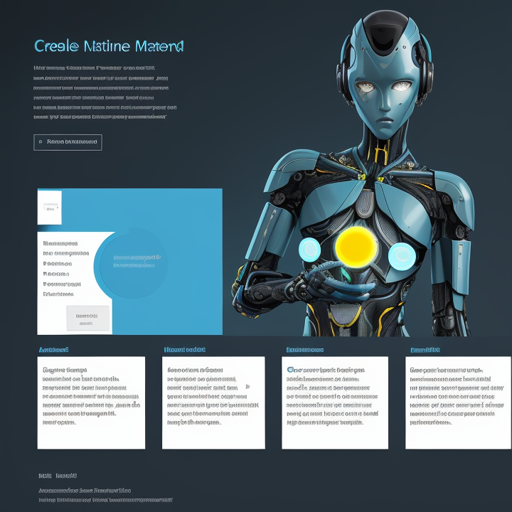The BART model from Facebook has been making waves in the world of natural language processing, particularly for tasks like text summarization. In this article, we’ll explore how to fine-tune the already impressive BART model on the CNN/Daily Mail dataset. This guide is designed to be user-friendly and help you get started with your own version of the model.
What You Need to Know Before You Start
In order to fine-tune the BART model effectively, you’ll need a few prerequisites:
- Familiarity with Python programming
- Basic understanding of machine learning and deep learning concepts
- Installation of relevant Python libraries, especially Transformers, Pytorch, and Datasets.
Step-by-Step Guide to Fine-tuning BART on CNN/Daily Mail
1. Prepare Your Environment
To begin this journey, make sure to have the following installed:
pip install transformers
pip install torch
pip install datasets
2. Load Your Dataset
Next up, you’ll need to load the CNN/Daily Mail dataset, which is specifically designed for text summarization tasks. The dataset splits provide different configurations for training and evaluation.
from datasets import load_dataset
dataset = load_dataset("cnn_dailymail", '3.0.0')
3. Set Up the Model
Now that you have your dataset, it’s time to initialize your BART model. We will use a fine-tuned version of facebook/bart-base.
from transformers import BartForConditionalGeneration, BartTokenizer
model = BartForConditionalGeneration.from_pretrained("facebook/bart-base")
tokenizer = BartTokenizer.from_pretrained("facebook/bart-base")
4. Fine-tuning the Model
Equipped with data and model, we can now enter the world of training. Remember that training a model is like teaching a dog new tricks; it requires patience, practice, and a good set of instructions! Here’s how to set the hyperparameters:
from transformers import Trainer, TrainingArguments
training_args = TrainingArguments(
output_dir='./results',
learning_rate=5.6e-5,
per_device_train_batch_size=8,
per_device_eval_batch_size=8,
num_train_epochs=4,
weight_decay=0.01,
)
trainer = Trainer(
model=model,
args=training_args,
train_dataset=dataset['train'],
eval_dataset=dataset['validation'],
)
trainer.train()
5. Evaluation
After training your model, it’s crucial to evaluate its performance. The metrics you’ll be looking at include Loss and Rouge score, which indicate how well the model performs on summarization tasks. Here’s a glance at the performance metrics you might expect:
trainer.evaluate()
Troubleshooting
While fine-tuning the BART model, you may encounter some issues. Below are a few troubleshooting ideas:
- Slow training process: Consider using a GPU instead of a CPU to speed up training.
- Low performance metrics: Ensure that your dataset is clean and well-prepared. Double-check your hyperparameters.
- TypeErrors or AttributeErrors: Make sure your library versions (Transformers, Pytorch, Datasets) are compatible. Check the installed versions against those specified in your training pipeline.
For more insights, updates, or to collaborate on AI development projects, stay connected with fxis.ai.
Conclusion
Fine-tuning the BART model for text summarization tasks can be a rewarding experience. With the right tools, datasets, and techniques, you can create a powerful summarizer to distill complex information into digestible nuggets. At fxis.ai, we believe that such advancements are crucial for the future of AI, as they enable more comprehensive and effective solutions. Our team is continually exploring new methodologies to push the envelope in artificial intelligence, ensuring that our clients benefit from the latest technological innovations.

